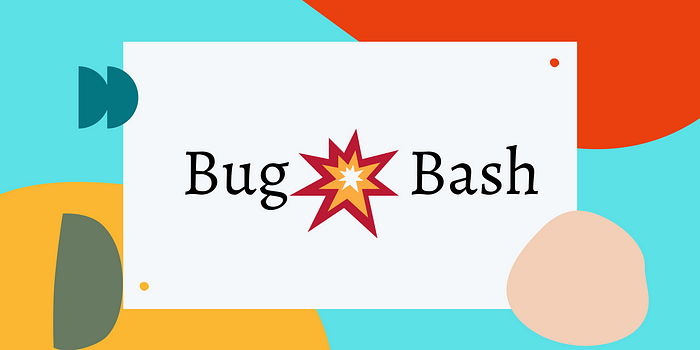Member-only story
What is a Bug Bash?

What is a Bug Bash?
In software development, a Bug Bash is a procedure where all the developers, testers, program managers, usability researchers, designers, documentation folks, and even sometimes marketing people, put aside their regular day-to-day duties and “pound on the product” — that is, each exercises the product in every way they can think of. Because each person will use the product in slightly different (or very different) ways, and the product is getting a great deal of use in a short amount of time, this approach may reveal bugs relatively quickly. [Wikipedia]
Putting it in a more simple way, Bug Bashes are organized by the software teams where people collectively from all the relevant departments join hands to check the product and discover if it is fit for production release.
The bug, observations and feedback received from the different participants are recorded and accordingly a plan is created to fix them before the product is released to the end users.
